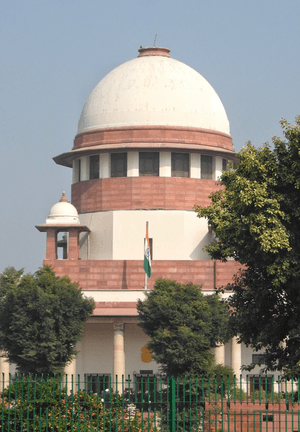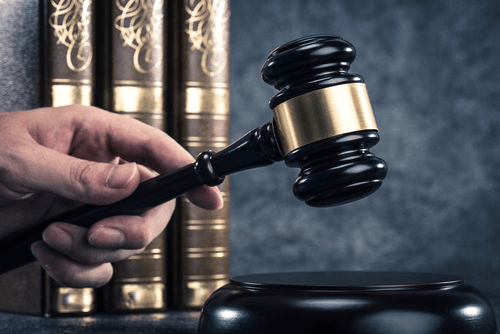
The Supreme Court of India is set to hear a suo moto case concerning the exclusion of visually impaired and no-vision candidates from appointment to the judicial service in Madhya Pradesh. The hearing, scheduled for November 4, will be presided over by a bench headed by Chief Justice of India (CJI) DY Chandrachud and comprising Justices JB Pardiwala and Manoj Misra.
The case was initiated in March this year when the Supreme Court registered the suo moto proceedings following a letter petition addressed to the CJI by the mother of a visually impaired candidate who aspired for appointment in the judicial service in Madhya Pradesh. The letter petition was converted into a writ petition under Article 32 of the Constitution, leading to the issuance of notice to the Union government, state government, and the Registrar General of the MP High Court.
In an interim order, the Supreme Court allowed visually impaired candidates who have received the minimum qualifying marks in the preliminary examination to sit for the main examination. The High Court was directed to make arrangements for a scribe for each visually impaired candidate appearing for the main examination and to provide additional time for such candidates to complete the examination.

The case revolves around Rule 6A of the Madhya Pradesh Judicial Service (Recruitment and Conditions of Service) Rules, 1994, which excludes visually impaired and no-vision candidates from seeking appointment in the judicial service. This rule, inserted in June 2023, reserves 6% of posts for persons suffering from a locomotor disability, including leprosy cured, dwarfism, muscular dystrophy, and acid attack victims, but excludes cerebral palsy.
This case is a significant development in the ongoing discourse on the rights of persons with disabilities in India. It brings to the fore the challenges faced by visually impaired individuals in accessing opportunities in the judicial service, a critical area of public service. The Supreme Court's decision to hear the case suo moto underscores the urgency and importance of the issue.
The case also highlights the role of the judiciary in safeguarding the rights of persons with disabilities. The Supreme Court's intervention in this matter is in line with its mandate to uphold the Constitution and protect the rights of all citizens, including those with disabilities.
The case is reminiscent of several landmark judgments by the Supreme Court and High Courts in India that have shaped the discourse on disability rights in the country. For instance, in the case of Vikash Kumar v. Union Public Service Commission & Ors. (2021), the Supreme Court upheld the rights of persons with disabilities to reasonable accommodation and non-discrimination in public employment.
In another significant case, the Kerala High Court ruled that persons with disabilities cannot bring their own scribe for competitive examinations but can select one from a panel prepared by the concerned authority. The court emphasized that this procedure ensures the integrity of the examination and reduces the chances of manipulation.
The outcome of the current case before the Supreme Court will undoubtedly have far-reaching implications for the rights of persons with disabilities in India, particularly in the realm of public employment. It is a critical juncture in the ongoing struggle for equal opportunities and non-discrimination for persons with disabilities in the country. The Supreme Court's decision in this case will be a significant step in the direction of ensuring equal opportunities for all, irrespective of their physical abilities.

















